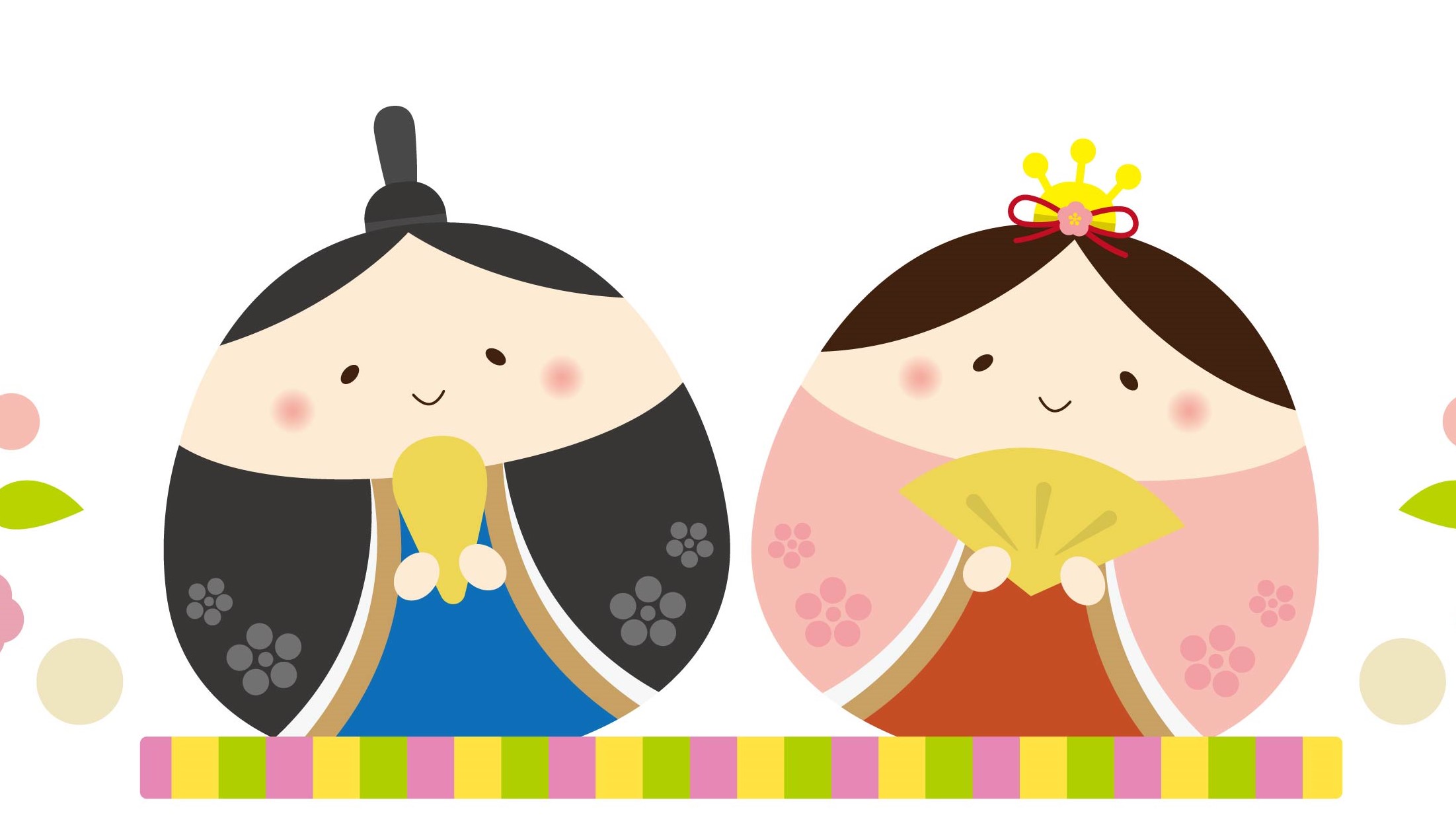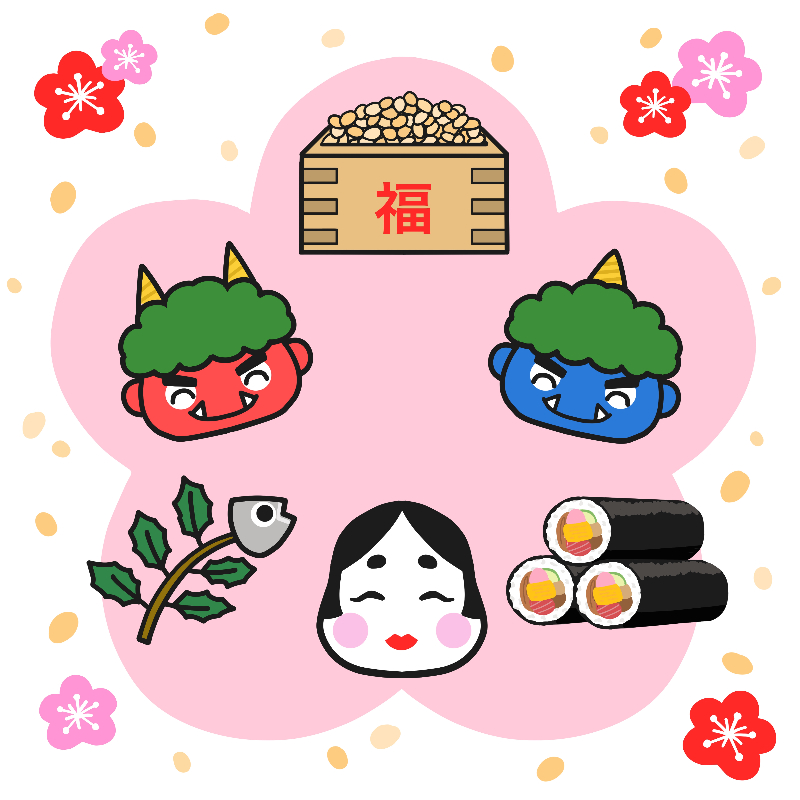
Art Speaks Japanese
 The Japanese Collection at the Art Gallery is used as a stimulus for students to learn about Japanese culture and also read and create Japanese texts.
The Japanese Collection at the Art Gallery is used as a stimulus for students to learn about Japanese culture and also read and create Japanese texts.
Art Speaks Japanese introduces 16 significant artworks from the Art Gallery of NSW Japanese collection, and draws on the expertise of the Japan Foundation, Sydney, and in arts education of the Art Gallery of New South Wales. This an overview of the resource, with suggestions on how this resource can be incorporated into your school teaching program.
Why ART?

Why combine art with Japanese language? A work of art embodies the thoughts and dreams of its creator. An artwork can provide unlimited avenues for the language student to interact with these original creative impulses leading to deeper cultural understanding. Not all students have the opportunity to have regular contact with Japanese people, but as the artworks are an authentic expression of the thoughts, feelings and creativity of individual Japanese, they provide an excellent opportunity for students to interact with Japanese individual hearts and minds. This resource enables students to engage in a personal and enjoyable way with Japanese culture through 16 individual artworks, while developing their reading, listening and composing skills.
Promotes ILTL
A recent Australia-wide movement in language teaching and learning, Intercultural Language Teaching and Learning (ILTL) emphasises the inextricable link between language and culture. It aims to develop cultural sensitivity in learners by deepening understanding through comparing their own culture with others, and leading them to understand that they themselves are culturally conditioned. In the Art Speaks Japanese kit this is achieved by responding to artworks through a variety of tasks aimed at developing language skills. As much of the content of the resource is new to teachers, we hope that the resource will enable teachers and learners to make and exchange meaning in interactions, and to construct knowledge and understanding together. This resource supports individual learning by providing diverse experiences of language and culture, and by asking questions that encourage learners to seek their own answers. The tasks designed for this resource involve noticing, comparing, reflecting and interacting, which are essential processes in the ILTL approach.
Develops Thinking Skills
Another recent movement in education is that of thinking skills development. The tasks in this resource were designed to develop students’ thinking skills, from comprehension skills to higher order analytical and interpretive skills, and critical thinking.
Curriculum Connections
The resource enables students to make connections across the curriculum, as the tasks incorporate aspects of other subjects besides art into language classes, such as history, maths, science and music. The chart below shows the themes/topics and language learning covered in the tasks for five individual art works. (The complete chart for the 16 artworks is included in the art kit.) It gives you an idea of which artworks to use in your class according to themes/topics and/or language learning contents. For example, ‘The Tale of Genji’ is a painting based on the novel of the Heian period, and the painting portrays seasons, flowers, trees, a Japanese house and beautiful kimono, all of which fit well into the school curriculum. For another example, if you are teaching daily routine using the ます form verbs such as おきます、ねます, you may choose to use a task from the Calligraphy artwork which describes a Zen monk’s daily routine.
| Themes/Topics | Language | |
| 1.Amida Buddha | Religion-Buddhism,Shinto | Vocabulary for parts of the body, religious objects, practices Expressions for describing state: ~ている Reading/listening text: Story of Buddha |
| 2.The arrival of the Portuguese | History – contact with West Nature – seasons Society – dress | Self-introductions in dialogues Vocabulary for seasons, climate, clothes, colours Portuguese loan words Counters ~人 |
| 3.Calligraphy | Religion – Buddhism, Zen practices | Calligraphy Kanji – reading and writing Manga story of Ikkyu-san Description of Zen monk’s life: ~ます Comprehension text: origin of Daruma doll |
| 4.Inkstone Case | Calligraphy – brush writing, calligraphy tools | Vocabulary and expressions for calligraphy and tools Expressions used in letter writing Brush writing task |
| 5.Tale of Genji | Heian period novels Nature – flowers, trees, seasons Gardens, interiors, kimono | Vocabulary for interior/exterior spaces Adjectivesdescribingspaces,coloursReading/listening text: dialogue based on the Tale of Genji |
Contents of The Package
This resource comprises a folder which contains an introduction booklet, A4 size artwork panels of 16 artworks with background information in Japanese and English on the back, and a CD-ROM. The CD-ROM contains the following:
- Gallery Welcome (video file)
- Digital version of 16 Artworks (PowerPoint file)
- Tasksheets for 16 art works (PDF files)
- Audio Files (data-MP3 and audio files for PC)
- Teacher’s Notes (PDF file)
- Resources (offline website file, pages for the Art Gallery of NSW and the Japan Foundation, Sydney)
Task Sheets
Tasksheets contain tasks for the 16 artworks aimed at two levels: Middle Years (Years 5-10) and Senior Secondary (Years 11-12). Students are asked to respond to artworks through a variety of tasks which are designed for different learning styles accommodating visual, verbal and kinaesthetic learners.
The tasks are designed to develop the following skills:
Reading and Writing:
Middle Years tasks include reading true or false statements, choosing the right words to describe the artwork, writing information about the artwork such as dimensions, annotating pictures, and completing dialogues and speech bubbles. Senior Secondary tasks designed to develop reading skills include reading passages for comprehension, choosing answers to questions on passages and dialogues related to the artwork, and choosing appropriate words to complete a passage. Writing skills tasks include answering questions and writing explanations related to the artwork, and giving opinions and impressions.
Listening:
Most of the dialogues and reading passages have been recorded, and teachers can choose to use these audio files for listening tasks. All audio files can be played on a standard CD player as well as on a PC.
Speaking:
Middle Years students can listen to audio files of the dialogues to practise pronunciation. They can also follow up tasks with roleplay and skits based on the scene of the artwork or dialogues in the tasks. Senior Secondary students can write a short play based on the artwork or reading passage, or act as art gallery ‘curators’ and give an explanation of the artwork. Some of the tasks can lead to a discussion where students think critically about cultural differences and gain awareness of their own culture. Senior students may do this in Japanese to develop speaking skills.
Analysing and Interpreting Skills:
The tasks provide students with many opportunities to develop analytical and interpretive skills, connecting with the thoughts and creativity of the artists. The Teacher’s Notes provide extension activities for each artwork. The background information in Japanese on the back of the artwork panels can be used to develop reading skills, and the audio versions can be used to develop listening skills. The level of language would be suitable for advanced secondary or university students.
Step 1: Introducing the artwork to students
a. Before introducing the artwork
We recommend that teachers read the background information notes on the back of the artwork panel in Japanese or English to understand the context of the artwork. The Japanese notes are a simplified version of the English notes. Key words are provided in English and Japanese, and there are Looking Activities which emphasise the multi-layered meanings of art and the importance of the visual image – they start the familiarisation process.
b. Looking at and describing the artwork
Show the artwork panels to students and ask questions focusing on the artwork to raise their interest. You can use the digital version of the artwork panels in PowerPoint format to give students the opportunity to see the artworks in detail. A data projector connected to a computer can be used to project images of the artworks onto a screen or wall in the classroom. You can ask questions such as What, Where, Who, When, Why, etc.
Example:
T: だれですか。 or なんですか。
S: Buddha?
T: にほんごでぶつぞうです。
T: なにをしていますか。
S: すわっています。/ ねています ?… etc
You can ask students to use adjectives to describe the artwork, giving them a list of adjectives if necessary, or you may choose to use English.
c. Visualising the artwork
Finding out the dimension of an artwork enables students to visualise the size of the artwork. Students can find information on the size and art form/material on the back of the photo panel, or the teacher can provide the dimensions and ask students to say them in Japanese.

Example
T: たかさはなんセンチですか。なにでできていますか。
どのぐらいですか。手をひろげてみましょう。 Show that with your arms.
おおきいですか、ちいさいですか。
d. Vocabulary Building
When you are introducing the artwork, you also can build up/expand students’ vocabulary by explaining what can be seen in the artwork or describing it with adjectives or verbs.
For example: おおきい、ちいさい、ながい、みじかい、くろい、すわります、たちます。
Step 2: Tasksheets
After looking at the artwork, students can start working on the tasks. See the example tasksheet for Amida Buddha. The Teacher’s Notes provide additional information on the artwork and/or tasks.
Example: Answers to Question 4 Quiz with explanations.
Buddhist object (ぶっきょう)
かね (temple bell)
A temple bell, made of cast iron or bronze, is struck to announce a ceremony. It is struck 108 times on New Year’s Eve to ring in the New Year and drive out the 108 evil desires that, according to Buddhist tradition, people are heir to.
おせんこう(incense)
Incense is burned to honour the spirits of the dead.
ぶつぞう(Buddhist statue)
A statue representing Buddha. A Buddha is someone who has attained enlightenment.
Amida Buddha is one of these.
The Teacher’s Notes also provide ideas for extension activities for each artwork.

Example:
To gain a deeper understanding of Buddhism, students could investigate the story of Siddhartha, the Indian prince who founded Buddhism.
They can also undertake an individual or class project on Buddhism around the world, investigating how Buddhism spread and showing where Buddhism is followed today on a world map (せかいのちず).
Students could investigate other world religions, learn how to say them in Japanese and share their knowledge about them, eg. beliefs and places of worship.
ぶっきょう Buddhism – おてら temple
ユダヤきょう Judaism – シナゴーグ synagogue
イスラムきょう Islam – モスク mosque
キリストきょう Christianity – きょうかい church
Step 3: Research and project work
Tasks for all artworks can be followed up by research and project work. Students can choose a research topic based on their interests or they can create their own pieces inspired by the artworks. They can also develop IT skills by using the Internet or presentation software such as PowerPoint, and improve their Japanese skills by reading Japanese text or talking with Japanese native speakers during the process.
Here are some suggestions for research and project work:
Conducting research by book or Internet
Students in groups can visit a library to conduct a research project. Alternatively, they can use the Internet to search for information.
Example: 「 にほんのけっこんしき」
‘Buddhist/Shinto style wedding in Japan’ or 「ゆうめいなおてらとじんじゃ」 ‘Famous Buddhist temples/Shinto shrines in Japan’ would be an interesting topic for Middle Years students.
Interviewing a Japanese guest
You can invite a Japanese guest (exchange student/assistant teacher/volunteer) to your class for an interview. Your students may prepare questions in Japanese and English accordingly. For example, if your students are interested in ‘Buddhism in modern Japan’ or ‘Buddhism or Shinto based customs in Japan’,
Questions could include 「いつ、お寺 / 神社に行きますか。」「お寺 / 神社でなにをしますか。」
Utilising tasks from Senior Secondary
Some tasks for Senior Secondary can be adapted for Middle Years students. The tasks from Senior Secondary level on Amida Buddha are shown below. Often Senior Secondary tasks include those which can lead to a discussion where students think critically about cultural differences and gain awareness of their own culture. In Middle Years the discussion can be done in English.
Possible discussion questions for this task include: How do you feel about a statue of Buddha being used as decoration, and why? How do you think a Japanese person might feel?

Visiting the art gallery
Visiting an art gallery would be a good opportunity to get information about Buddhist sculptures.
Making 絵馬 (good luck prayer tablet)
Making original good luck prayer tablets would be an enjoyable activity for Middle Years students.
They can write their wishes in Japanese.
For example: 「日本に行きたいです。」
Step 4: Presentation
Students can share the results of their research or craft work with other classmates or invited Japanese guests. During the process, students can improve their presentation skills by making multi-media presentations of their findings and presenting them in Japanese. Also, by discussing the presented topic after the presentation, students can learn from each other by interacting with each other and deepening their understanding.
How to buy this resource:
You can buy this resource at the Art Gallery of NSW or from Intext Book Company.
Art Gallery of New South Wales
Art Gallery Road, The Domain
Sydney NSW 2000
Phone: (02) 9225 1718
Fax: (02) 9225 1630
Email: galleryshop@ag.nsw.gov.au
Intext Book Company Pty. Ltd.
25 Lynch Street, Hawthorn VIC 3122
www.languageint.com.au
Phone: (03) 9819 4500
Fax: (03) 9819 4511




